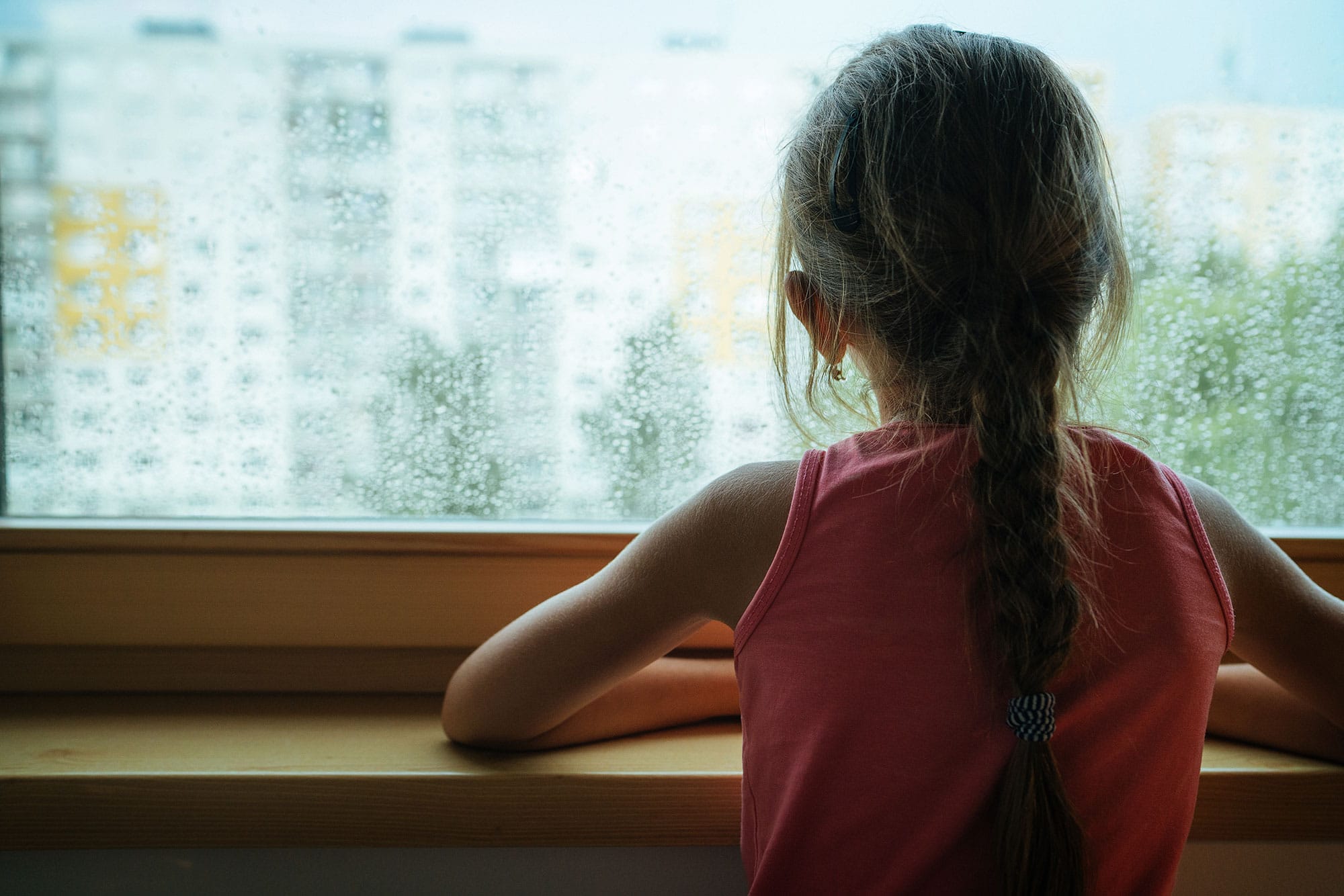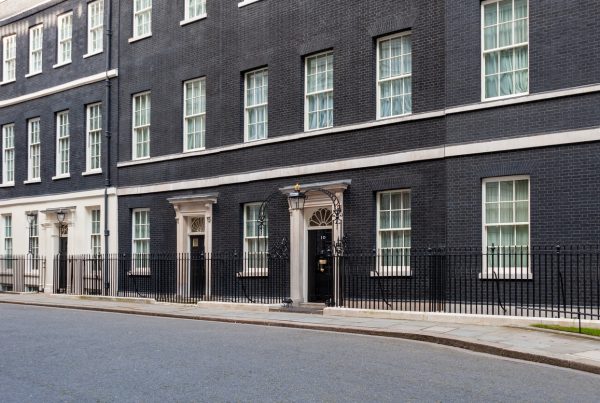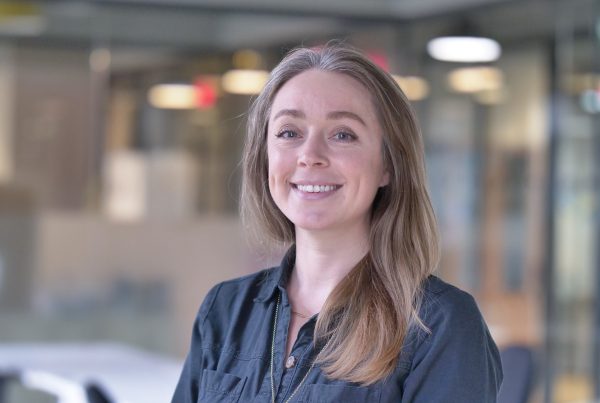By Baroness Tanni Grey-Thompson, Chair of ukactive, Paralympic champion and House of Lords crossbencher
Our children’s health and wellbeing is at crisis point, victim to what will be at least a year of restricted access and opportunities to socialise with their friends, play sport and games in the park or local leisure centre and to learn at school, with the most vulnerable children and young people impacted hardest.
Before the pandemic, children’s activity levels across the country were ashamedly low, with Sport England highlighting, in December 2019, that just 47% of children in England were achieving an average of 60 minutes of physical activity each day. While headway has been made, stubborn inequalities have blighted progress – children from low-socioeconomic backgrounds, children with disabilities, children from ethnic minority groups and girls, all consistently less likely to be active.
Coronavirus has exacerbated the situation, further exposing inequalities, with the new lockdown and further school closures deepening the crisis. The number of children and young people achieving an average of 60 minutes of physical activity each day plummeted to less than 20% during the first lockdown, when schools closed in Spring 2020. With Sport England due to release the next Active Lives Children’s survey results this week, we are likely to see a persistent trend in inactivity levels.
We have asked enormous amounts of our children and young people during this pandemic, sacrifices often made to benefit the adults around them. It is now time to repay them, to invest in their health, their education, and to work with them to build a future of hope, aspiration and good health.
I remain hopeful. The inspirational efforts of Marcus Rashford MBE and the tireless campaigning from organisations across the country to address the child food poverty crisis has driven progress – forcing the hand of government to tackle inequalities of food provision head-on. The same focus and intensity must now happen to get children moving again.
Sport and physical activity in school and community settings provides invaluable opportunities for children to develop physically, socially and emotionally, and in many cases, forms respite services and a vital safety net for the most vulnerable.
That is why it is imperative that the Government has a plan to support the immediate health and wellbeing needs of all children and young people during the latest lockdown restrictions, as well as a full-scale plan for our children’s health recovery once restrictions ease, accompanied by a bold and strategic ambition to exceed pre-COVID levels of children’s physical activity.
Support children during lockdown and school closures – supporting the Telegraph’s Keep Kids Active campaign, the Government should implement a mandatory virtual physical education curriculum and a centralised resource hub for parents and carers to access. Schools and Local Authorities should also work with local third-party community sports groups to provide food and activity provision, in school facilities, for essential workers and vulnerable children over the February half-term.
Prioritise youth activity when lockdown ends – including the full reopening of youth sport and activity for both school and community participation. Government should also work with national bodies such as ukactive, Sported, StreetGames and UK Youth to empower, equip and enable their members and partners to re-engage local children and young people, providing operating frameworks for safe delivery. This needs to include the opening up of school facilities during the Easter and Summer holiday periods, working with third-party providers to ensure widespread and high-quality food and activity provision for young people, with a sharp focus on the most disadvantaged children.
Progress and enhance the Government’s school sport and activity action plan – driving a long-term and joined-up national activity strategy, that sets out a bold ambition for the children and young people of this country to be the happiest and most active in the world by 2031. Committing to a 10-year strategy would support a whole generation of children entering the school system this September, through primary school and into adolescence – a pivotal time in which they will form lifelong habits and behaviours.
Creating the conditions in which our children can flourish and thrive beyond this pandemic will require a collective effort. Turning the tide of childhood inactivity is everyone’s business and attempts will only be successful if they are approached with a cooperative and collaborative ethos –one that truly puts the interests of each and every child at its core.
Effective action to reverse ‘Generation Inactive’ and reduce disparities in physical activity and health among children and young people requires a monumental shift in the way all children experience, access, and interact with the social and physical environments around them. Increasing physical activity levels among children and young people requires innovation, accountability, and strong leadership from the very top of government to stakeholders across the whole local system.
We have a moral obligation to look after the most vulnerable in society and it is vital that our recovery efforts and our charge to build back better embrace an unwavering focus on children’s health and wellbeing.
This article was published in the Telegraph on 11 January 2021.

More People More Active More Often




